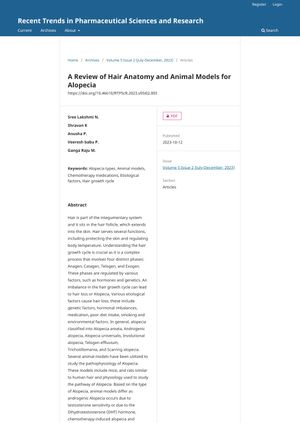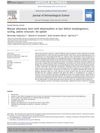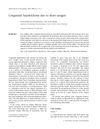A Review of Hair Anatomy and Animal Models for Alopecia
October 2023
in “Recent Trends in Pharmaceutical Sciences and Research”

TLDR The paper concludes that animal models help in understanding hair loss causes and developing new treatments.
The paper "A Review of Hair Anatomy and Animal Models for Alopecia" discusses the complex process of the hair growth cycle, which includes four distinct phases: Anagen, Catagen, Telogen, and Exogen, regulated by factors like hormones and genetics. Imbalances in this cycle can lead to hair loss or Alopecia, caused by various factors such as genetics, hormonal imbalances, medication, poor diet, smoking, and environmental factors. Alopecia is classified into several types including Alopecia areata, Androgenic alopecia, Alopecia universalis, Involutional alopecia, Telogen effluvium, Trichotillomania, and Scarring alopecia. The paper also discusses the use of animal models, specifically mice and rats, to study the pathophysiology of Alopecia. These models are used to study different types of Alopecia, such as androgenic Alopecia, which occurs due to testosterone sensitivity or the Dihydrotestosterone (DHT) hormone, chemotherapy-induced alopecia, and alopecia areata, using transgenic animals and C3H/HeJ mice models. These models can aid in developing new treatment approaches for Alopecia.
View this study on matjournals.co.in →
Related

research A Review of Hair Anatomy and Animal Models for Alopecia
The paper concludes that animal models help in understanding hair loss causes and developing new treatments.
research Treating of resistant cases of alopecia universalis
Combining platelet-rich plasma therapy with prostaglandin-F eye drops can significantly regrow hair in alopecia universalis.

research Mutant laboratory mice with abnormalities in hair follicle morphogenesis, cycling, and/or structure: An update
The document concludes that mouse models are crucial for studying hair biology and that all mutant mice may have hair growth abnormalities that require detailed analysis to identify.

research Congenital hypotrichosis due to short anagen
Some children are born with unusually short, fine hair because their hair growth phase is short, but this often gets better by itself during puberty.